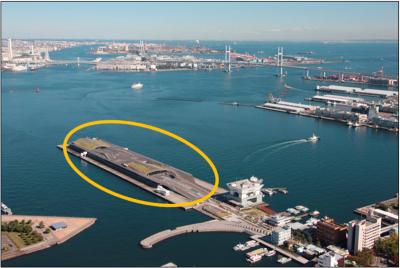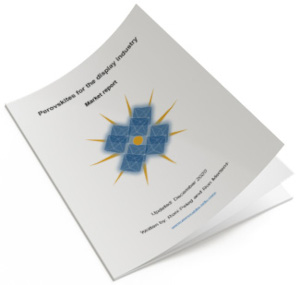Novel furan-based polymer could enable hybrid PSCs with improved efficiency and stability
Researchers from Singapore's Nanyang Technological University and France's University of Lille (CNRS) have developed a biomass-derived furan-based conjugated polymer, PBDF-DFC, enabling a simplified direct precursor integration fabrication method for hybrid perovskite solar cells (HPSCs).
Unlike traditional thiophene-based polymers, PBDF-DFC reportedly exhibits high solubility in perovskite precursor solvents, allowing direct incorporation into the precursor solution. This direct precursor integration approach could significantly streamline the fabrication process, reducing steps and potentially lowering production costs.










